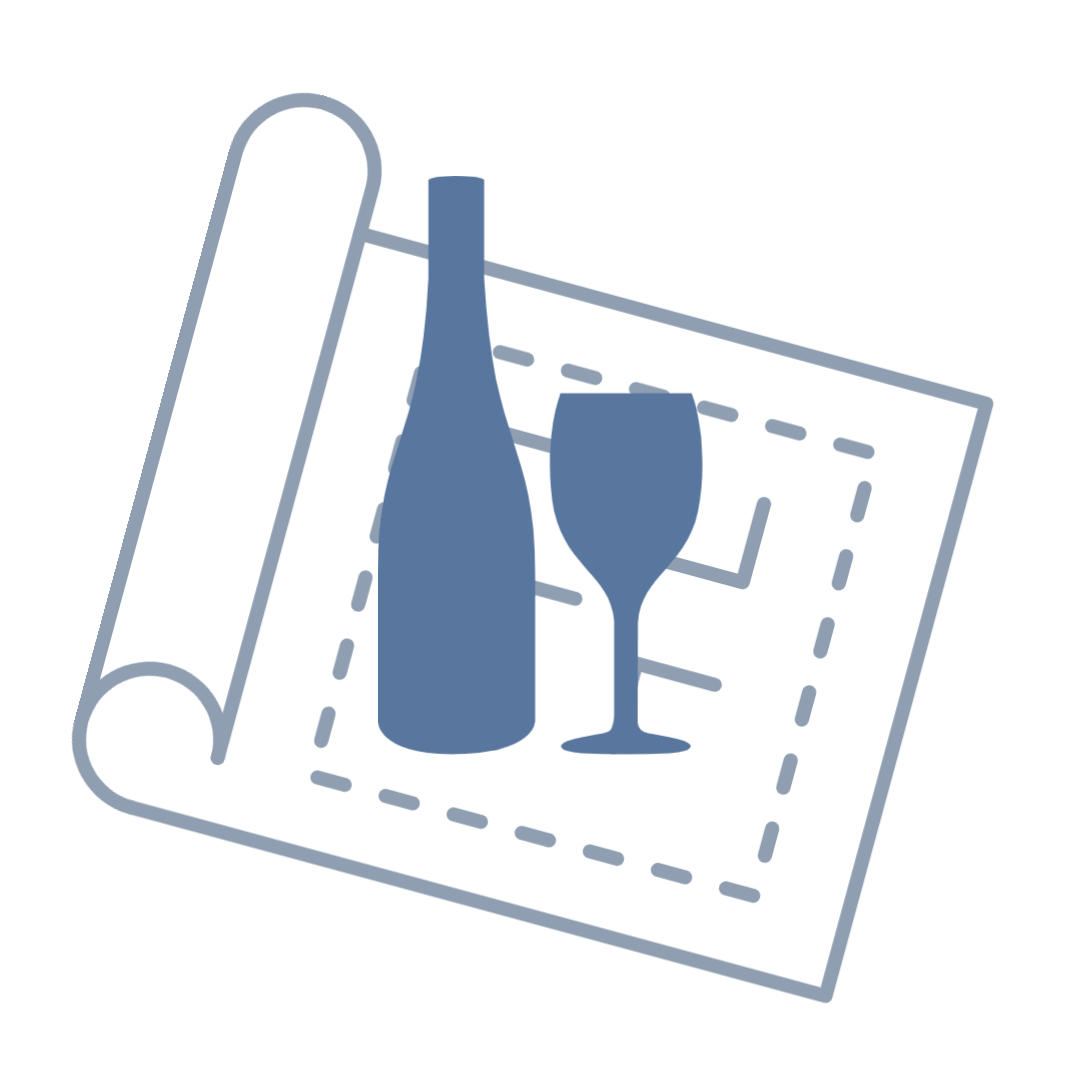Happy Weekend,
In a couple of weeks, I’m going to release Wine Blueprint OS—a complete framework for teaching yourself about wine.
There’s a lot of knowledge out there, and that’s what makes learning so hard.
The truth is you don’t have to get a fancy certificate (believe me, I have many of them).
If you’re a regular person who wants to learn more about what you love, find wine values, and discover new, exciting wines, Wine Blueprint OS gives you all the tools for success.
Inside, you’ll get a simple system for organizing your wine learning brain.
Here’s exactly what I cover in Wine Blueprint OS:
- How To Get Started
- Wine Blueprint Study Guide And Method
- Creating Your Tasting Journal
- Going Deep Into Your Favorite Part About Wine
How To Get Started
Starting seems simple until you do it. The beginning is intimidating and overwhelming. At first, you need to block out the noise, and pick out key resources.
Every beginning wine learner only needs 4 books:
- The Scratch and Sniff Guide to Wine
- The Wine Bible
- Windows on the World
- Wine Folly
The rest can be ignored until you build your base for wine learning. Plus, even as you advance, you’ll come back to these books over and over again.
Inside Wine Blueprint OS, I’ll show you the key sections to each book and provide information to make your reading more impactful. (hint, hint…FRANCE).
Wine Blueprint Study Guide and Method
The above books are all great, but reading them cover-to-cover won’t do you a whole lot of good.
Wine learning is about experiencing wine even more than reading it.
So, I’ve paired your reading with wines that fit the wine beginner’s budget.
Additionally, the entire plan is adaptable. I used this system to pass two major wine exams in 6 weeks, but you can stretch it out to 6 months (or whatever fits your schedule).
Also, you need to evaluate your learning along the way. So, I’ve compiled free resources from the web, and I’ll deep dive into some techniques I’ve shared with you before.
Creating Your Tasting Journal
This is the most important part of wine learning. So as long as you keep a tasting journal, you’ll get returns.
There are lots of ways to write wine notes. But you need to find one that works best for you.
I’ll share a few classic methods, and I’ll show you how to create and manage your own tasting journal.
Either digitally or physically, you’ll keep track of your wines to track progress in your wine learning.
Going Deep Into Your Favorite Part About Wine
The best thing about Wine Blueprint OS–it’s scalable.
This isn’t just a one and done beginner course, and it isn’t about getting a badge, pin, or certificate. This is about commitment.
You’ll learn how to research the thing you like or find interesting, and how to become obsessive.
But don’t worry, I’ll also show you how to keep it fun. I’ve gotten lost in plenty of wine rabbit holes, so this lesson will be your emergency rip cord to keep you on track.
The Truth About Wine Blueprint OS
The secret sauce isn’t so secret: everyone’s wine learning path is unique.
But there’s a key difference between the experts who have succeed and the beginners who never start: The experts had a career, a mentor, or formal training to keep their wine learning on course.
But as a wine beginner, you only need to do 4 things:
- Read the right books for your level
- Have a study and action plan
- Track your learning with a journal
- Rinse and repeat to uncover your favorite corner of the wine world.
Your friendly wine tutor,
Brian
Ready to commit to wine learning?
Increase your wine confidence one weekly newsletter at a time.
New issue comes out every Friday
Unsubscribe at any time.
